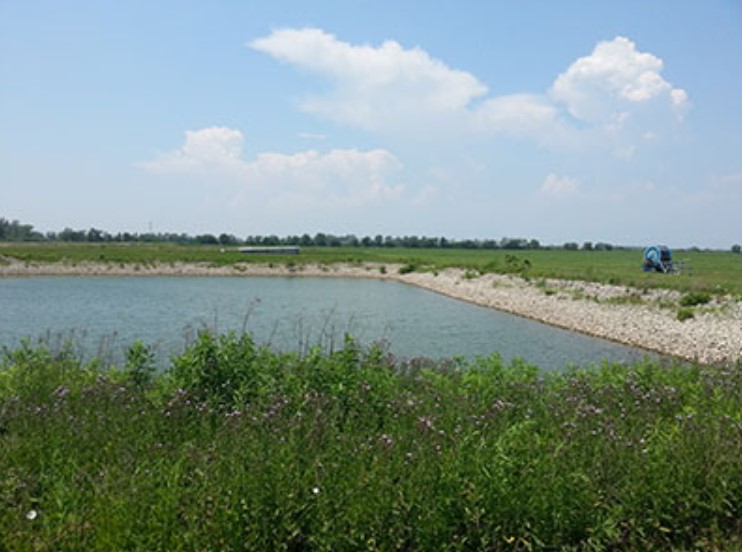
Measuring greenhouse gas from ponds improves climate predictions
- Climate ChangeInternational News
- No Comment
- 217
Shallow lakes and ponds emit significant amounts of greenhouse gases into the atmosphere, but emissions from these systems vary considerably and are not well understood.
Now, a new Cornell University-led study measures methane and carbon dioxide emissions from 30 small lakes and ponds (one acre or less) in temperate areas of Europe and North America, revealing that the smallest and shallowest bodies of water exhibit the greatest variability over time.
The paper marks an important step toward calibrating climate models so they better predict emissions from inland waterbodies, and it points to the need to study small waterbodies more closely.
“This study helps understand both the drivers of greenhouse gas concentrations, and importantly, what makes some ponds more variable in their concentrations,” said Meredith Holgerson, assistant professor of ecology and evolutionary biology and senior author of the study, published in the journal Limnology and Oceanography.
“The paper points to patterns across a broad geographic range, such that we can actually get in and predict which waterbodies are going to vary and will be most variable, and it confirms that we need to go out and sample frequently,” said Nicholas Ray, a postdoctoral researcher in Holgerson’s lab and the paper’s first author.
Holgerson and colleagues have previously estimated that shallow lakes and ponds may contribute 5% of the global methane emissions to the atmosphere. But without accurate measurements across many water bodies, they said, the true number could be as little as half or as much as twice that percentage.
While some small lakes and ponds emit greenhouse gasses in consistent, predictable amounts, others are highly variable. Understanding these dynamics is important as carbon dioxide and methane act as greenhouse gases in the atmosphere, with methane being 25 times more potent at trapping heat than carbon dioxide.
By Cornell University
https://www.sciencedaily.com/releases/2023/06/230607004112.htm


